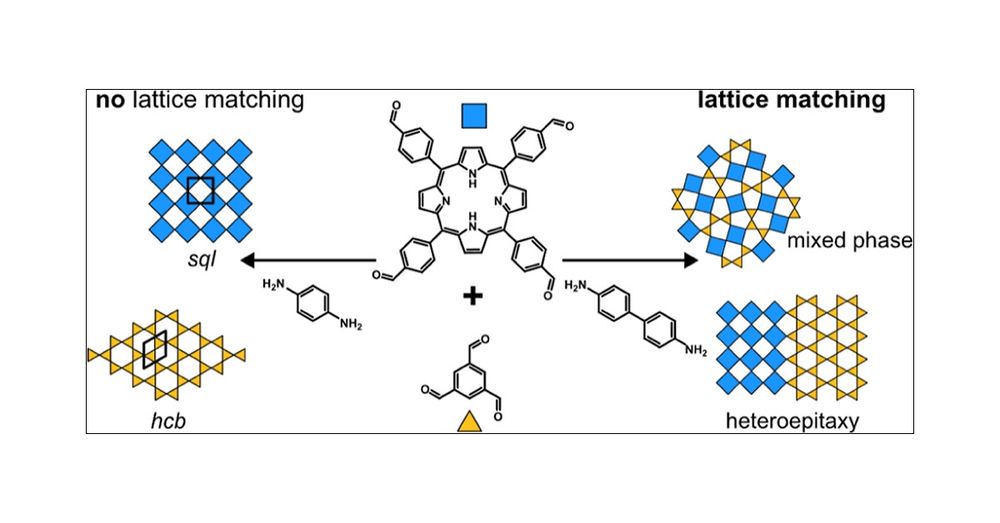Switching on and off Interlayer Correlations and Porosity in 2D Covalent Organic Frameworks
Two-dimensional covalent organic frameworks (2D COFs) attract great interest owing to their well-defined pore structure, thermal stability, high surface area, and permanent porosity. In combination with a tunable chemical pore environment, COFs are intriguing candidates for molecular sieving based on selective host–guest interactions. Herein, we report on 2D COF structures capable of reversibly switching between a highly correlated crystalline, porous and a poorly correlated, nonporous state by exposure to external stimuli. To identify COF structures with such dynamic response, we systematically studied the structural properties of a family of two-dimensional imine COFs comprising tris(4-aminophenyl)benzene (TAPB) and a variety of dialdehyde linear building blocks including terephthalaldehyde (TA) and dialdehydes of thienothiophene (TT), benzodithiophene (BDT), dimethoxybenzodithiophene (BDT-OMe), diethoxybenzodithiophene (BDT-OEt), dipropoxybenzodithiophene (BDT-OPr), and pyrene (Pyrene-2,7). TAPB-COFs consisting of linear building blocks with enlarged π-systems or alkoxy functionalities showed significant stability toward exposure to external stimuli such as solvents or solvent vapors. In contrast, TAPB-COFs containing unsubstituted linear building blocks instantly responded to exposure to these external stimuli by a drastic reduction in COF layer correlation, long-range order, and porosity. To reverse the process we developed an activation procedure in supercritical carbon dioxide (scCO2) as a highly efficient means to revert fragile nonporous and amorphous COF polymers into highly crystalline and open porous frameworks. Strikingly, the framework structure of TAPB-COFs responds dynamically to such chemical stimuli, demonstrating that their porosity and crystallinity can be reversibly controlled by alternating steps of solvent stimuli and scCO2 activation.













